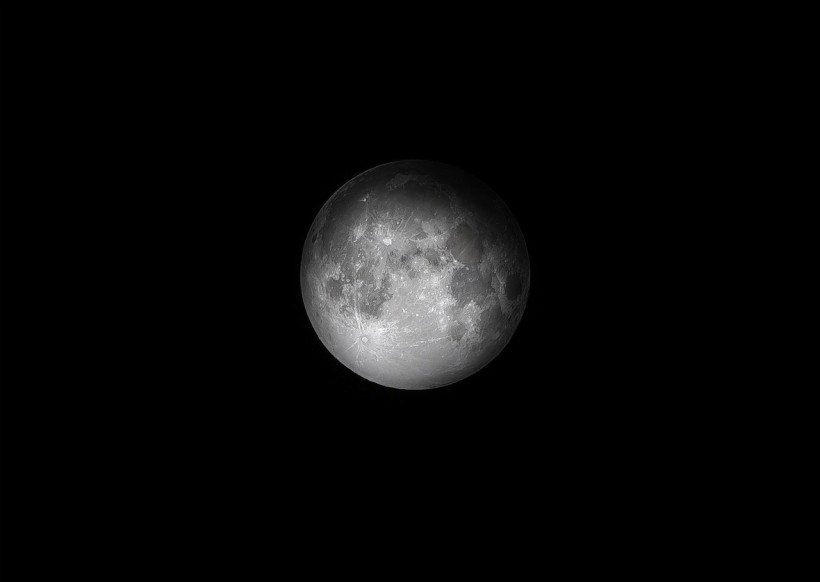Apollo 11's tense moon landing in 1969, followed by 12 more lunar missions, marked a historic era in space exploration. Today, nations are rekindling interest in the Moon, particularly its south pole.
This area, rich in permanently shadowed regions, is believed to harbor valuable frozen water resources for life support and rocket fuel. Returning to the Moon signifies a resurgence in space exploration, driven by the potential benefits of lunar resources.

50 Years Post-Apollo 11: The Moon's South Pole Draws Global Space Exploration Interest, But What's the Attraction?
Space Race Today: Nations Race To Get To the Lunar South Pole
The Moon, untouched by human exploration since the Apollo 17 mission in 1972, faded from the forefront of humanity's cosmic endeavors for five decades. The focus turned to other celestial frontiers, including the Space Shuttle program, the International Space Station (ISS), and Mars exploration.
Despite past lunar triumphs, there are still uncertainties about the Moon's uncharted territories, particularly its south pole, where the presence of water remained speculative.
In recent times, multiple nations have rekindled their lunar exploration efforts. Russia's Luna 25 lunar probe aimed for a south pole landing in August but unfortunately crashed due to communication issues, leaving a significant lunar crater in its wake.
India, however, marked a success with its Chandrayaan-3 mission, becoming the first nation to land near the lunar south pole on August 23. India's robotic lander and rover spent a lunar day conducting groundbreaking research, confirming the presence of sulfur, recording lunar temperatures, and likely detecting a moonquake.
Looking ahead, China is planning an ambitious lunar mission to the south pole in 2026 with its Chang'e-7 spacecraft, featuring an orbiter, lander, rover, and a flying probe to search for water ice in shadowed regions. Meanwhile, NASA's Artemis program is set to send a crew to the lunar south pole later in the decade, with an Australian rover joining one of the missions.
This renewed interest in the lunar south pole stems from the potential discovery of vital resources like water ice, which could play a pivotal role in future lunar missions and broader space exploration endeavors.
Building A Human Colony on the Moon A Step Closer to Mars
Several nations are vying to not only visit the Moon's south pole but also establish a permanent presence there, marking a new space race phase. NASA's Artemis program, for instance, aims to construct a lunar cabin where astronauts can live and work for extended periods, relying on local resources like water ice for life support and rocket fuel. The aspiration to manufacture in space remains uncharted territory, necessitating rigorous engineering tests.
Future missions will face the challenge of developing lightweight yet sturdy materials capable of withstanding launch loads, a facility currently lacking. While reaching the Moon's south pole presents challenges, the technology exists to achieve it, albeit with complex rocket-powered controlled descents. Landing safely will be a paramount concern.
Beyond lunar ambitions, establishing a sustainable presence on the Moon will serve as a stepping stone for reaching Mars, though the high costs and logistics involved in a Mars colony pose significant challenges.
Despite technological readiness for Mars exploration, the investment required remains a hurdle for governments. As the lunar race gains momentum, it may still take decades before humanity sets foot on Mars.
RELATED ARTICLE: Chandrayaan-3's Pragyan Rover Takes Its First Historic Steps on the Moon: ISRO Reveals Breathtaking Orbital Views
Check out more news and information on Space in Science Times.














